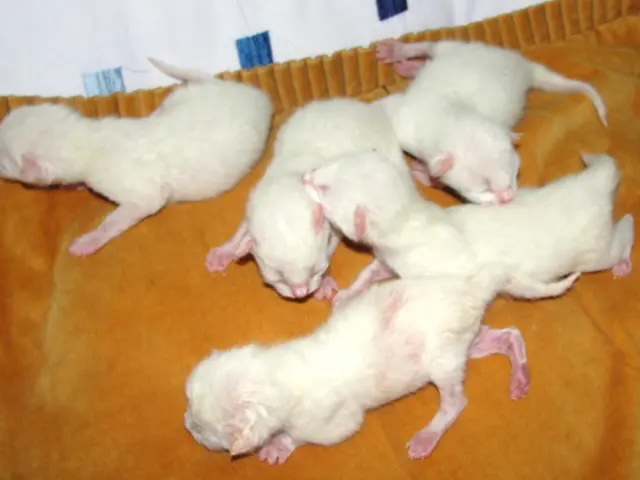Understanding Hair Loss: An Examination of Baldness
Androgenetic alopecia (AGA), commonly known as male or female pattern baldness, is a progressive loss of genetically susceptible hair follicles due to hormones, primarily dihydrotestosterone (DHT), in both men and women. This article explores the current evidence-based treatments for AGA, each with its own benefits, limitations, and suitability for different individuals.
Medications are a common approach to treating AGA. Finasteride, an FDA-approved treatment for men, works by inhibiting the conversion of testosterone to DHT, slowing or halting further hair loss. Topical minoxidil, suitable for both men and women, helps prolong the growth phase of the hair cycle and may modestly increase hair density. Oral minoxidil, while off-label, is sometimes prescribed for resistant cases. Dutasteride, a more potent version of finasteride, is used off-label for severe cases, though it is not FDA-approved for hair loss.
Platelet-Rich Plasma (PRP) therapy is another treatment option, involving the injection of a patient's own concentrated platelets into the scalp to stimulate hair growth and improve hair density. Recent studies show significant improvements in hair thickness, density, and patient satisfaction in both genders, with mild side effects and no serious adverse events. Exosome therapy, a newer regenerative treatment, shows early promise for hair regrowth, though more research is needed for definitive conclusions.
Hair transplantation is the most permanent treatment, relocating DHT-resistant follicles from the back/sides of the scalp to thinning or bald areas. Offering 85–95% graft survival in expert hands, visible regrowth begins at 3–4 months, and full results at 9–12 months. Low-Level Laser Therapy (LLLT), micronutrient optimization, camouflage and hair fibers are other supportive treatments that may help slow progression and improve density in some cases.
A summary table outlines the treatments, their suitability for men and women, mechanism, efficacy, and notes:
| Treatment | For Men | For Women | Mechanism | Efficacy | Notes | |--------------------------|---------|-----------|-----------------------------------|---------------------------|----------------------------------| | Finasteride (Oral) | Yes | No* | Inhibits DHT | High (slows loss) | Not for women of childbearing age| | Topical Minoxidil | Yes | Yes | Prolongs hair growth phase | Moderate | Requires lifelong use | | Oral Minoxidil | Yes | Yes | Prolongs hair growth phase | Moderate | Off-label, monitoring needed | | PRP Therapy | Yes | Yes | Stimulates hair follicles | Moderate to High (short-term)| Multiple sessions needed | | Exosome Therapy | Yes | Yes | Stimulates regeneration | Early promise (experimental)| Not FDA-approved | | Hair Transplant | Yes | Yes | Relocates follicles | High (permanent) | Surgical, best post-stabilization|
*Finasteride is not FDA-approved for women and generally not recommended for women who may become pregnant.
Key considerations include the benefits of combining treatments (e.g., minoxidil + PRP or medication + transplant) for optimal results, the importance of early intervention for the best outcomes, and the ongoing research into new therapies like exosome therapy. Patients should be aware of the limitations of each treatment, such as the requirement for continuous use for medications and the potential waning effectiveness of PRP over time.
In conclusion, effective treatments for androgenetic alopecia include FDA-approved medications (minoxidil, finasteride), regenerative therapies (PRP), and hair transplantation, each with distinct benefits and limitations. Early intervention and a tailored, multimodal approach typically yield the best outcomes for both men and women. Understanding the causes of baldness, maintaining a healthy lifestyle, and seeking professional advice are crucial steps in addressing this common condition.
- For those dealing with androgenetic alopecia, they may find relief through various treatment options, including FDA-approved medications like minoxidil and finasteride, regenerative therapies such as Platelet-Rich Plasma (PRP), and permanent solutions like hair transplantation.
- When it comes to managing medical-conditions related to health-and-wellness, such as androgenetic alopecia, a key strategy is to maintain a skincare regimen that includes treatments like topical minoxidil and supportive therapies like Low-Level Laser Therapy (LLLT) and micronutrient optimization, which may help slow progression and improve density.




